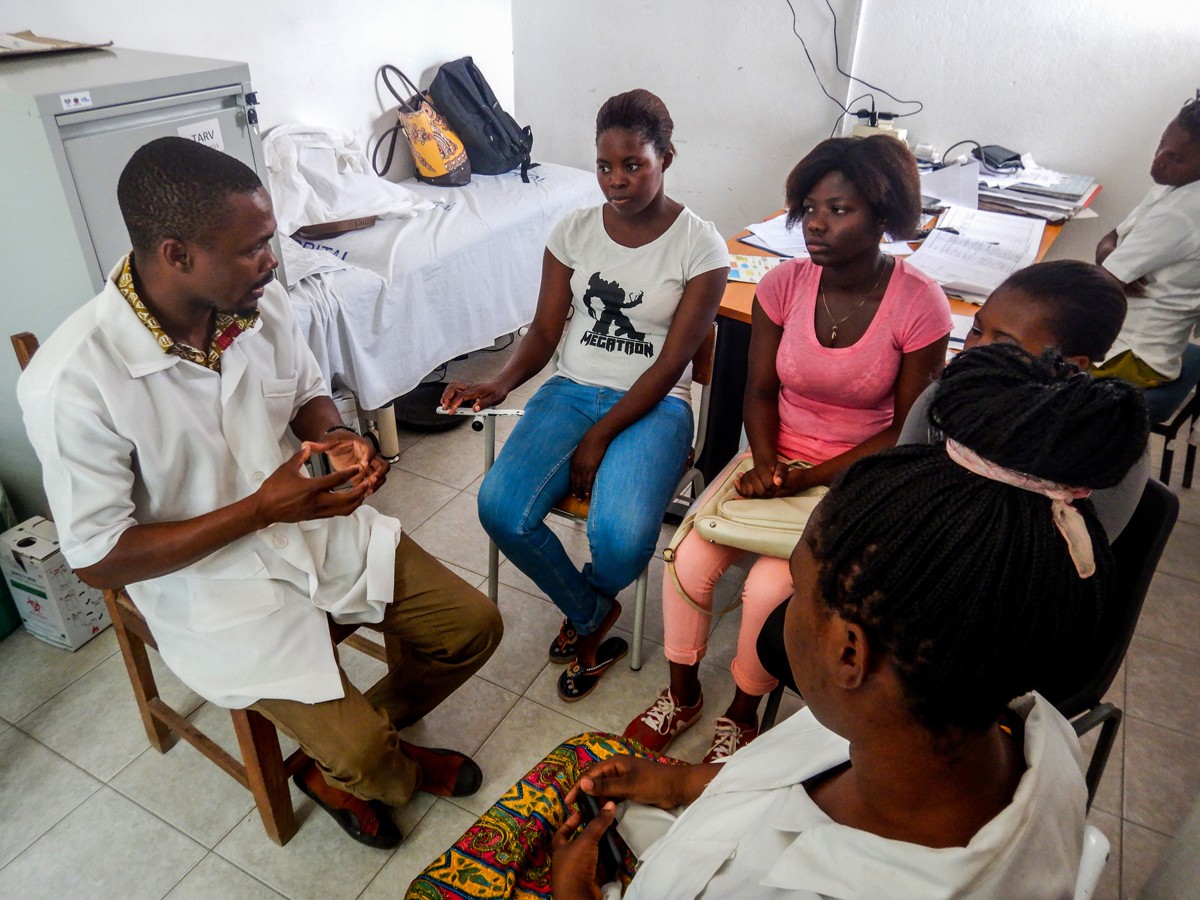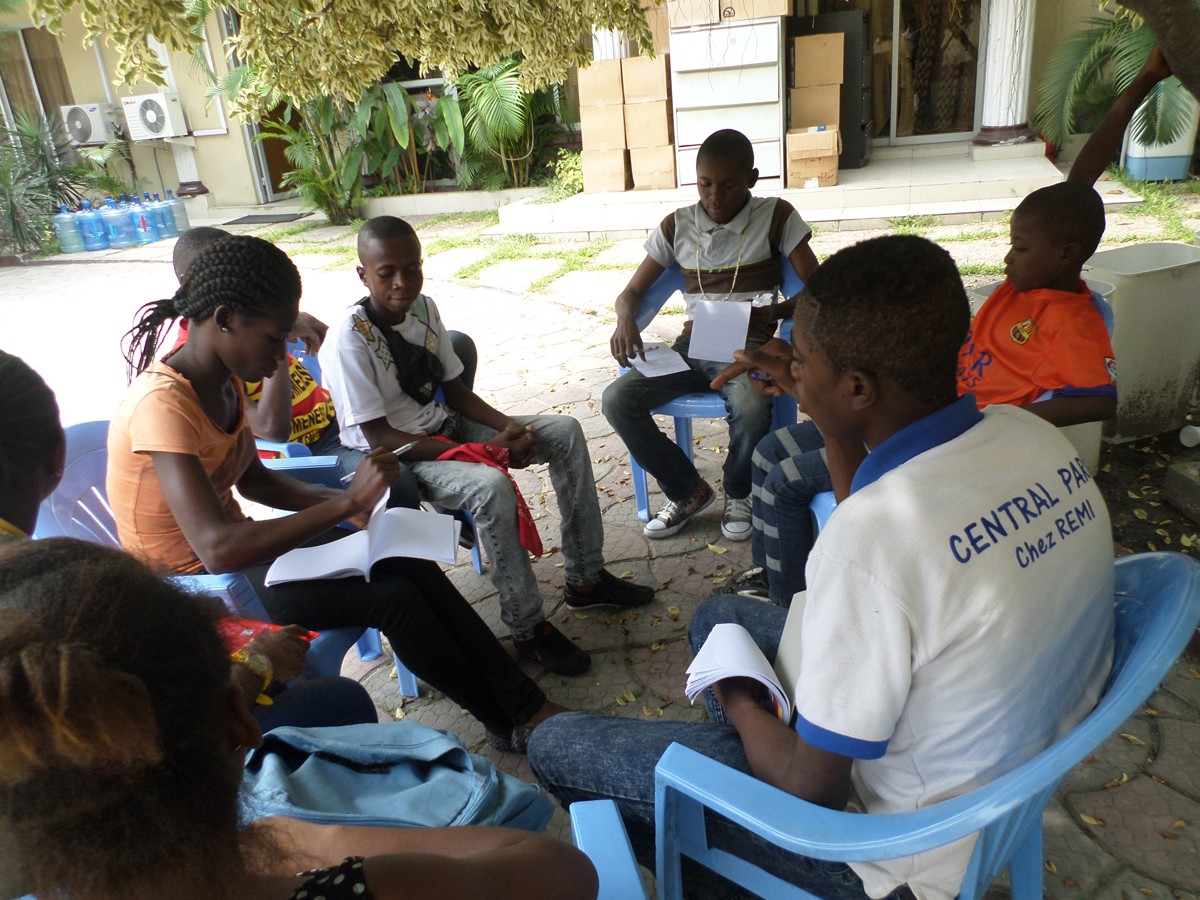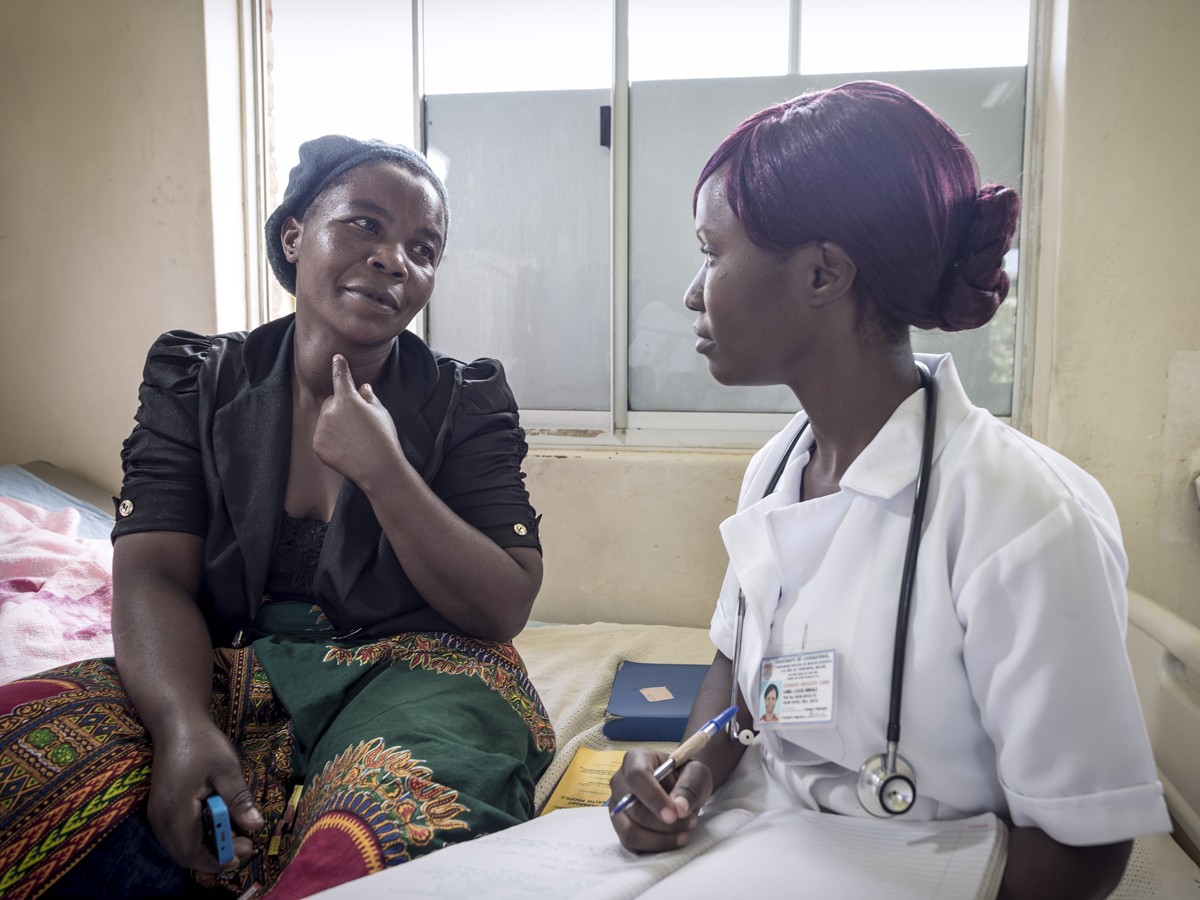Authors:
Abstract:
Background: People living with HIV (PLHIV) on effective antiretroviral therapy (ART) are living near-normal lives. Although they are less susceptible to AIDS-related complications, they remain highly vulnerable to non-communicable diseases (NCD). In this exploratory study of older PLHIV (OPLHIV) in Eswatini, we investigated whether biological aging (i.e., the difference between epigenetic age and chronological age, termed ‘epigenetic age acceleration [EAA]’) was associated with HIV-related parameters, and whether lifestyle factors modified these relationships. We calculated EAA focusing on the second-generation epigenetic clocks, PhenoAge and GrimAge, and a pace of aging biomarker (DunedinPACE) among 44 OPLHIV in Eswatini.
Results: Among participants, the PhenoAge clock showed older epigenetic age (68 years old [63, 77]) but a younger GrimAge epigenetic age (median=56 years old [interquartile range=50, 61]) compared to the chronological age (59 years old [54, 66]). Participants diagnosed with HIV at an older age showed slower DunedinPACE (β-coefficient [95% Confidence Interval]; -0.02 [-0.04, -0.01], p=0.002) and longer duration since HIV diagnosis was associated with faster DunedinPACE (0.02 [0.01, 0.04], p=0.002). The average daily dietary intake of fruits and vegetables was associated with faster DunedinPACE (0.12 [0.03, 0.22], p=0.01) and modified the relationship between HIV status variables (number of years living with HIV since diagnosis, age at HIV diagnosis, CD4+ T cell counts) and PhenoAge EAA, and DunedinPACE.
Conclusions: Biological age is accelerated in OPLHIV in Eswatini, with those living with HIV for a longer duration at risk for faster biological aging. Lifestyle factors, especially healthier diets, may attenuate biological aging in OPLHIV. To our knowledge, this is the first study to assess biological aging in Eswatini and one of the few in sub-Saharan Africa.







